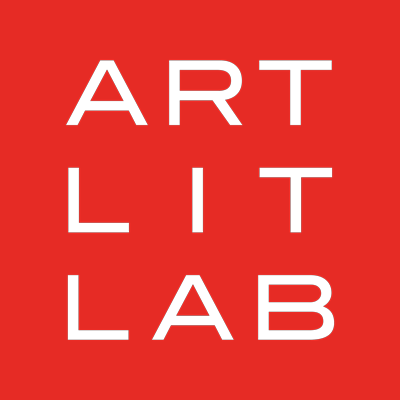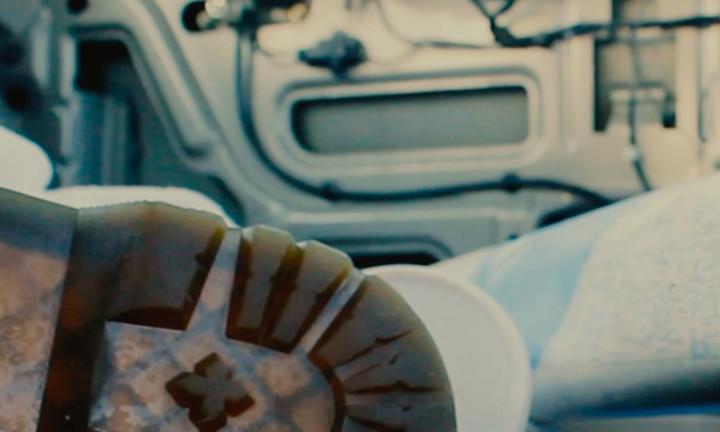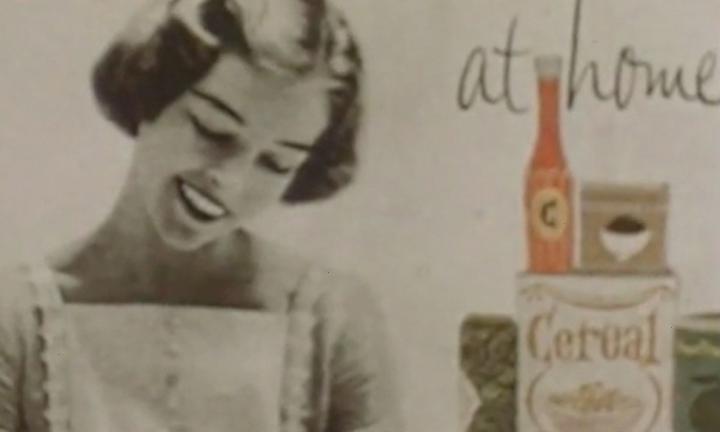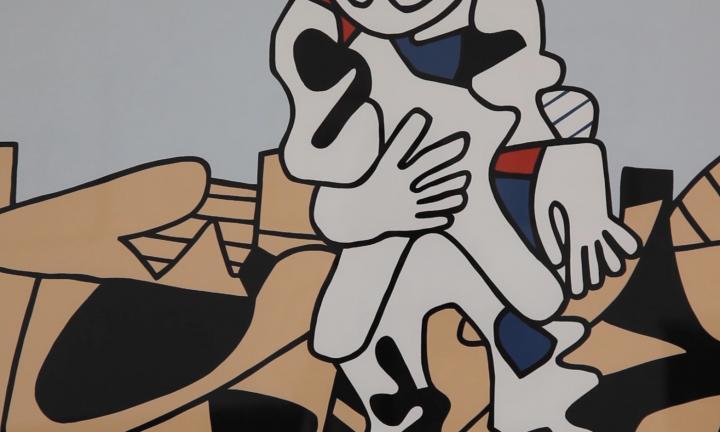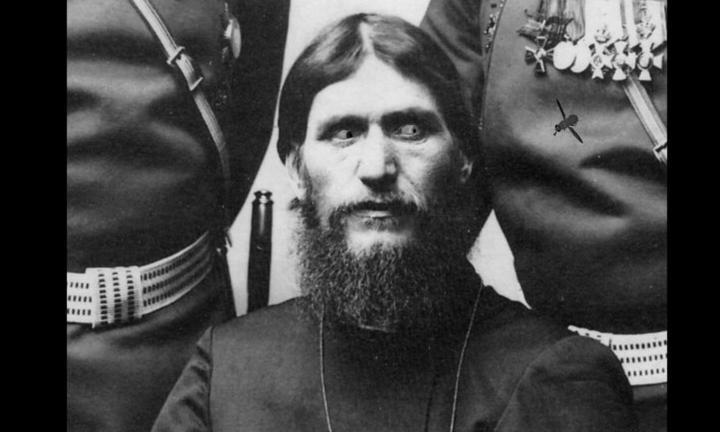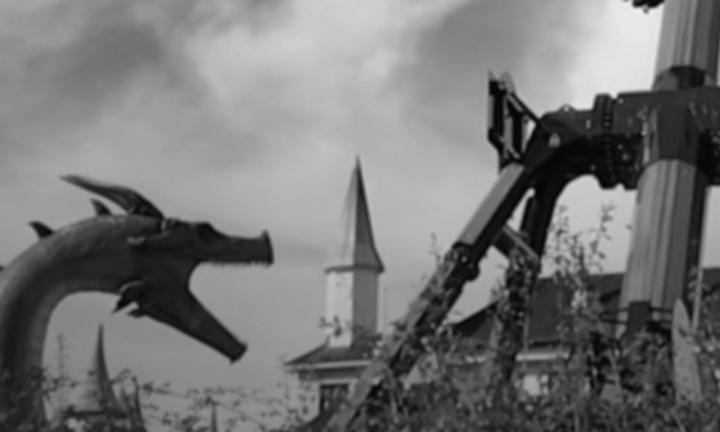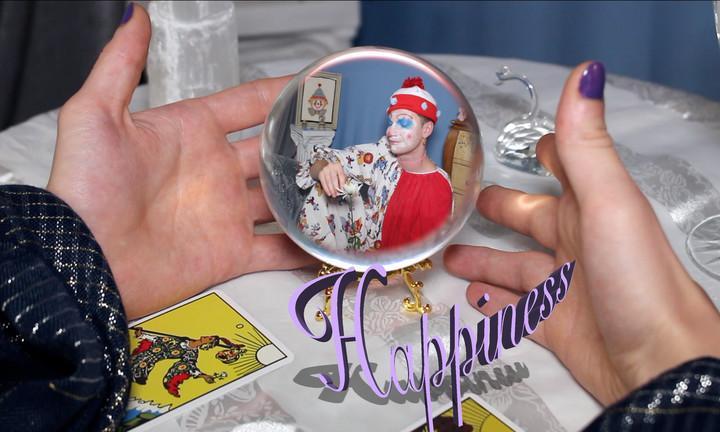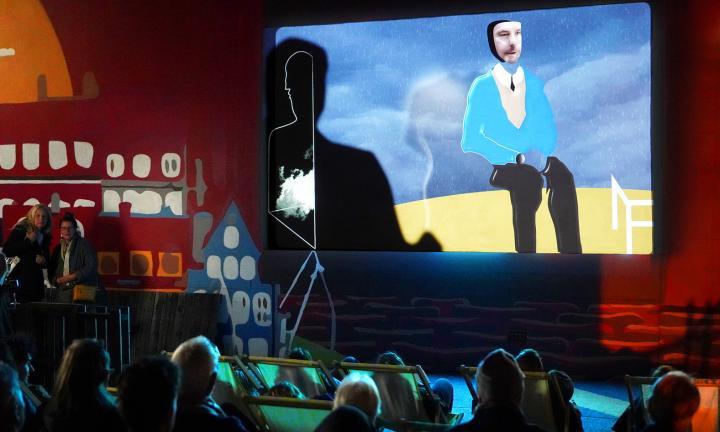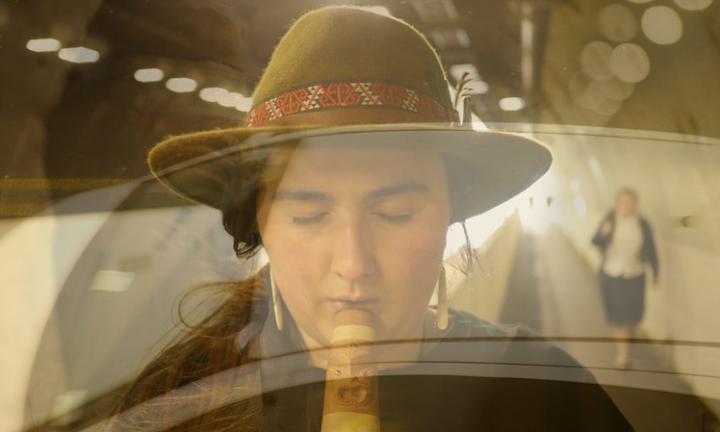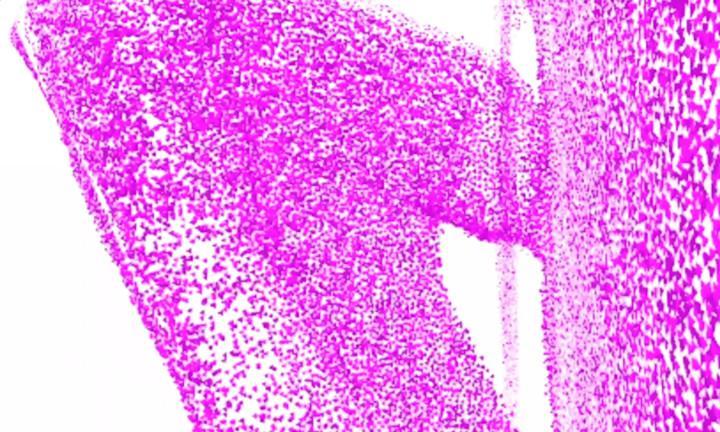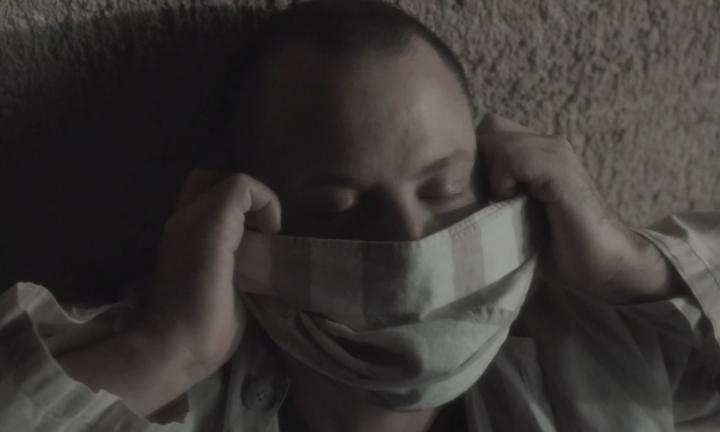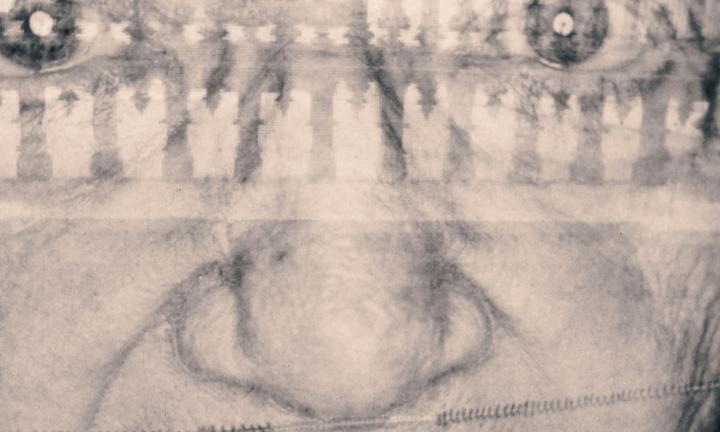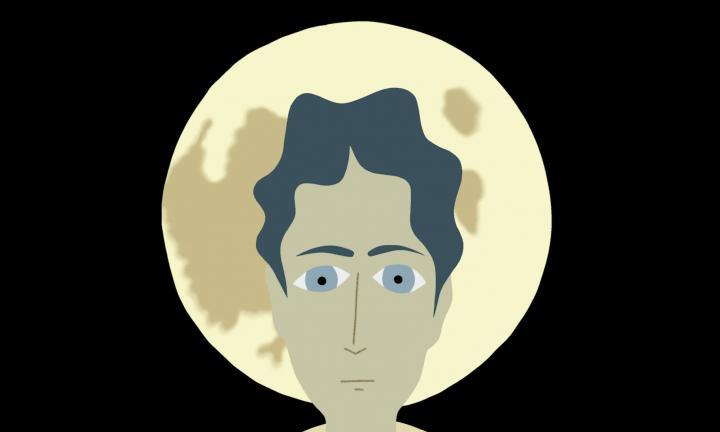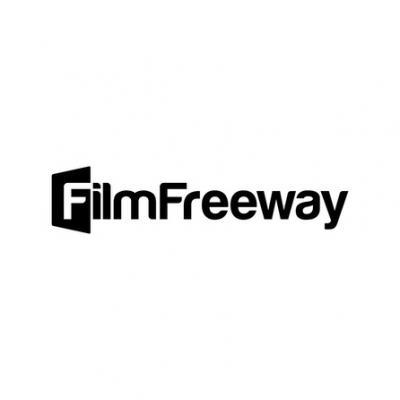This year's festival will be presented Friday, October 21 and Saturday, October 22, 2022 in person at ALL and features two exciting new additions—a family matinee with special short films made by and/or for kids and a live poetry reading and film collaboration. Each screening will have a unique lineup of films. See individual programs for full details. All events are free and open to the public.
This unique film festival celebrates the amazing breadth of expression when one of humanity’s oldest art forms is interpreted through the lens of one of its newest. It has featured the best of this cutting-edge art form throughout the Midwest and from around the world, including work from 21 states and 28 countries. The featured videos range from 55 seconds to under 6 minutes long. They have all been created within the last two years, many of them within the last few months, promising a fresh, contemporary point of view. Come discover new poets from the Midwest and around the world, as well as seeing old favorites in a completely new light.
Friday, October 21
7:00 PM: Screening One
Saturday, October 22
3:00 PM: Family Matinee
5:30 PM: Live Film + Poetry Event
7:00 PM: Screening Two
